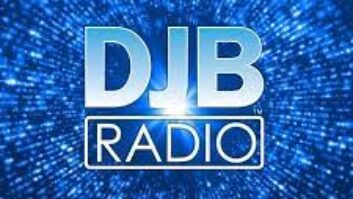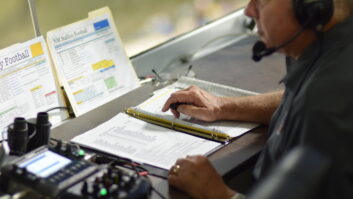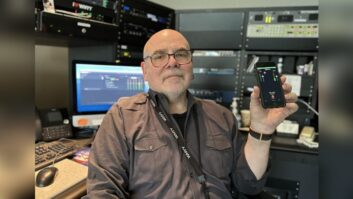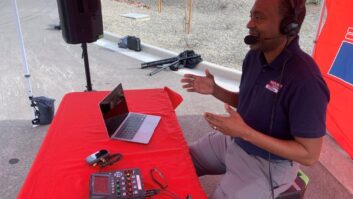
Fig. 1: Use colorful Duck Tape to protect wiring at live events
I visited a Lowes the other day and came across something for your remote kit.
Colorful Duck Tape comes in more than 20 colors and patterns; there’s even a neon color that can’t be missed.
If you’re worried about people tripping over your cables at live events, and the possible lawsuits to follow, put your mind at ease now. This stuff will be seen, and it adheres to most surfaces.
While it’s a bit on the pricey side, the $7 investment is good insurance against someone yanking your cables or worse. If you shop on the Web, prices are about half of what you’d find in a bricks-and-mortar store. Google search “colorful Duck Tape,” or pull up the Radio World links page for this issue.
***
Recently I had the privilege of participating with more than 100 broadcast engineers in a “Springtime Maintenance Webinar” sponsored by BSW and presented as a part of the Society of Broadcast Engineers’ continuing education series. The webinar was recorded and is available on demand to SBE members.
Through the webinar, I fell into a conversation with Tom McGinley, a longtime broadcast engineer and technical advisor to Radio World, who shared an interesting tip about installing Caller ID on your studio phone system.
There are still lots of radio stations using the old POTS and 1A2 keyphones with hybrids and controllers like the Telos legacy gear for studio use. A number of engineers with whom Tom has spoken are under the impression that they have to add expensive PRI trunk lines and/or replace their entire studio phone system for big money in order to get Caller ID.

Fig. 2: A graphic from the Caller ID website explains how the POS series works.
This is simply not true: POTS lines have carried the Caller ID header info for years. You can add a Caller ID display feature to any POTS-based phone system by using a nearby PC with the Whozz Calling? data box and free software from CallerID.com to show the ID info as soon as calls come in.
CallerID.com provides a variety of free software applications that run with Whozz Calling? devices. The site also provides a source code for developers with each application. (All applications and source codes are royalty-free and can be distributed without any rights reserved.)
For several stations in Seattle, Tom uses the Whozz Calling POS 8, which handles eight lines per box and costs in the hundreds of dollars. He uses this in conjunction with Caller ID software called ELPopup, which includes Ethernet connectivity to other PCs on the LAN. Four- and eight-line units can be chained to provide up to a maximum of 96 monitored lines.
Applications are divided into two basic types. The ELP programs work with Ethernet-linked Whozz Calling devices; the Listener programs work with the RS-232 Serial Port Whozz Calling? devices. Determine which type you are using and select the appropriate application.
Tom’s suggestion about adding Caller ID can be helpful in other ways, too. Such was the case when we suspected that a former station employee had been calling the transmitter site and monkeying with the remote control functions, raising and lowering power, running the aux transmitter into the dummy load, then finally just turning off the transmitter. What a big joke!
A Caller ID box was worth the investment. This former employee’s name and number popped up. We contacted the local sheriff; he called the number, identified himself and informed this person that a police report was being filed. If there were any more problems, he’d be the primary suspect.
The problem stopped.
Tom McGinley can be reached at [email protected]. To learn more about CallerID.com or about becoming a member of SBE, visit the Radio World links page.
***
In reference to a Workbench article in the March 1 issue about worn-out gear in the photocopy machine, Channel 1 Images’ Wayne Eckert writes that the old gear appears to be some form of a reinforced polymer.
At best, that material was a compromise between cost and life expectancy. Eckert says that the new material looks like DuPont Delrin, which is a resin almost as tough as steel. The compound is not only long-lasting; it is self-lubricating (dry, no dirt attraction — find the PDF via our links page).
As such, there is a good possibility that the new assembly will outlast the remaining mechanics within that copy machine.
Wayne Eckert can be reached at [email protected].
The links page for this issue of RW is radioworld.com/Apr-25-2012.
Contribute to Workbench. You’ll help your fellow engineers, and qualify for SBE recertification credit. Send Workbench tips to [email protected].Fax to (603) 472-4944.
Author John Bisset has spent 43 years in the broadcasting industry, and is still learning! He is SBE Certified, and is a past recipient of the SBE’s Educator of the Year Award.












